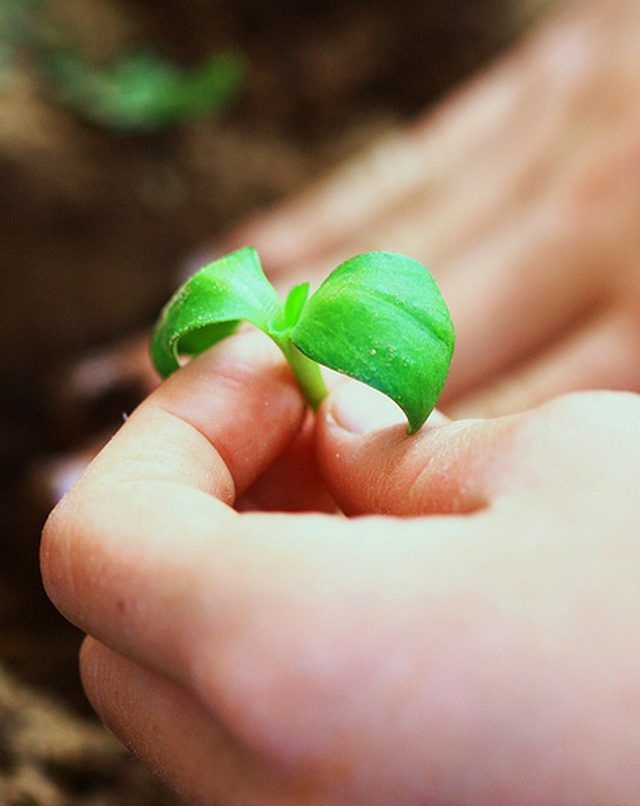Bulbs
Flower Basics
Flower Beds & Specialty Gardens
Flower Garden
Garden Furniture
Garden Gnomes
Garden Seeds
Garden Sheds
Garden Statues
Garden Tools & Supplies
Gardening Basics
Green & Organic
Groundcovers & Vines
Growing Annuals
Growing Basil
Growing Beans
Growing Berries
Growing Blueberries
Growing Cactus
Growing Corn
Growing Cotton
Growing Edibles
Growing Flowers
Growing Garlic
Growing Grapes
Growing Grass
Growing Herbs
Growing Jasmine
Growing Mint
Growing Mushrooms
Orchids
Growing Peanuts
Growing Perennials
Growing Plants
Growing Rosemary
Growing Roses
Growing Strawberries
Growing Sunflowers
Growing Thyme
Growing Tomatoes
Growing Tulips
Growing Vegetables
Herb Basics
Herb Garden
Indoor Growing
Landscaping Basics
Landscaping Patios
Landscaping Plants
Landscaping Shrubs
Landscaping Trees
Landscaping Walks & Pathways
Lawn Basics
Lawn Maintenance
Lawn Mowers
Lawn Ornaments
Lawn Planting
Lawn Tools
Outdoor Growing
Overall Landscape Planning
Pests, Weeds & Problems
Plant Basics
Rock Garden
Rose Garden
Shrubs
Soil
Specialty Gardens
Trees
Vegetable Garden
Yard Maintenance
What Substance Gives Plants Their Green Color?
What Substance Gives Plants Their Green Color?. Plants obtain energy from light. The process by which a plant converts sunlight into energy is called photosynthesis, and every plant goes through this process in one form or another. The photosynthesis happens at the cellular level, allowing plants to maintain a beautiful green appearance.

Plant Basics
Plants obtain energy from light. The process by which a plant converts sunlight into energy is called photosynthesis, and every plant goes through this process in one form or another. The photosynthesis happens at the cellular level, allowing plants to maintain a beautiful green appearance.
Plant Cell Biology
Plant cells are made up of similar components as animal cells, though undergo processes that are quite different than animals. A plant cell is encased in a cell wall as well as a waxy cell membrane. Within the membrane exists a gelatinous substance known as cytoplasm.
Within the cytoplasm of a plant cell, there exists several important pieces of cellular material. Aside from the nucleus, vacuole and mitochondria exists the chloroplasts. The chloroplasts are the power houses of the plant cell, providing food for the plant. Within the exterior wall is the thylakoid membrane of a chloroplast, and inside the wall exists a pigment called chlorophyll.
Chlorophyll is able to create sugars using the energy from sunlight, through a chemical reaction between water and carbon dioxide. The result is a sugar that is food for the plant, as well as oxygen. The sugar producing reaction is performed in the stroma, which is an extension of the chloroplast. Chlorophyll is also responsible for the green coloring on leaves and stems of a plant. Green is the best color to collect sunlight within the color spectrums (red and blue) that are most efficient for producing the energy needed to create food for the plant.

Changing Colors and Falling Leaves
During the spring and summer, leaves continue the process of making food using chlorophyll and as such, the leaves remain green. In the fall, as the nights grow longer, the need to make food goes dormant and the chlorophyll is destroyed. As chlorophyll dies off, the other pigments in leaves are shown, such as caretenoids which are responsible for the brown, yellow and orange pigments; and anthocyanin, which is responsible for the brilliant reds seen in fall leaves. These pigments are also common in fruits and vegetables, as cartenoids provide the color of carrots, bananas and oranges. Anthocyanin is responsible for the red colors in apples, strawberries and tomatoes.
Eventually, the veins that carry sugar produced in photosynthesis from the leaves to the stem of the plant atrophy and dry. After the leaf has ceased production of caretenoids and anthocyanin, the leaf will wither and drop from the plant.